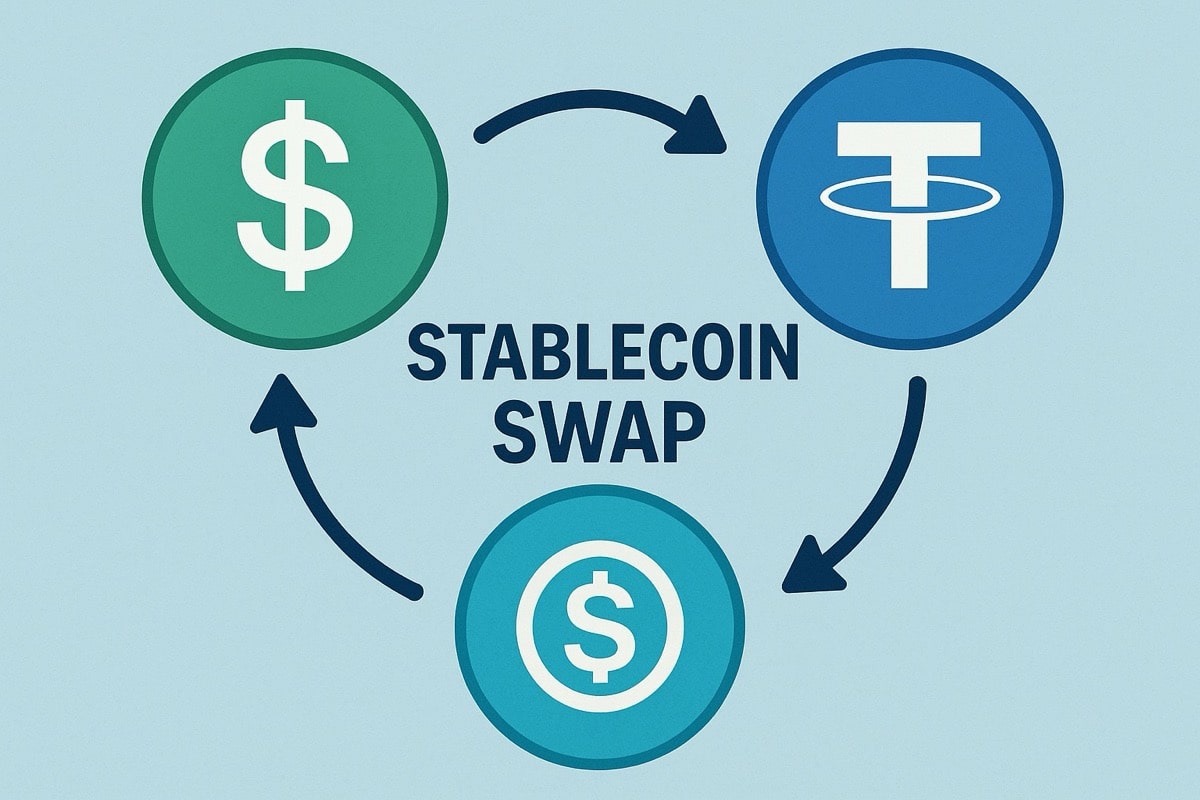When Revolut announced it would let users swap between USD and stablecoins with no fees and no spread, it might have sounded like another fintech promo. But it’s actually a pretty big deal — one that could reshape how people and businesses move money across borders and how banks think about digital dollars.

Starting October 31, 2025, 65 million of Revolut users can convert up to $578,000 a month (around €500,000) between USD and stablecoins like USDC or USDT at a genuine 1:1 rate without extra markups. Revolut says the feature is aimed not only at retail users but also small and mid-sized businesses, especially those in countries with volatile currencies or heavy FX fees. In other words, this isn’t just a crypto convenience but a wider cross-border finance play.
Zero-fee move changes customer expectations
The appeal is simple: stablecoins behave like dollars that move at blockchain speed. For customers, that means cheaper international transfers, faster settlements, and a way to park cash in something that holds value when their local currency doesn’t. For Revolut, it’s a way to pull stablecoins further into mainstream financial habits — the same way the company once made foreign exchange seamless and casual.
But the zero-fee part is what really turns heads. Until now, most exchanges and wallets made at least a small spread on stablecoin conversions: nothing huge, but enough to dissuade people from swapping in and out frequently. Removing that barrier makes stablecoins behave more like cash, and it sets a new standard competitors will struggle to ignore.
Market ripple effects
The implications of the new swap model go beyond just Revolut. Once one major player goes fee-free, everyone else has to think twice about charging. Besides, Revolut is not the only player in the space that provides an affordable token exchange. Coinbase, for instance, had already waived some fees on USDC and PayPal’s PYUSD earlier this year. Wallet providers like Tangem also offered zero-commission swaps through partners such as Changelly. A few decentralized exchanges have promoted “no platform fee” swaps, too, though users still pay blockchain gas fees.
Still, Revolut’s launch is unique because it combines regulated fiat on-ramps with a mass-market banking app. That’s something crypto-native platforms can’t easily replicate, and something traditional banks haven’t dared try yet. So far, no other major neobank has rolled out an identical offer, but the pressure is officially on.
Why it matters for users and the system
For users and SMEs, the upside is clear. They get a faster, cheaper, and more flexible way to move value globally with fewer intermediaries and less reliance on costly wire systems. A Ukrainian startup paying a developer in the Philippines, or a small exporter hedging against inflation in Argentina, can both benefit from near-instant, low-cost USD exposure.
But as OneSafe’s analysis points out, there’s a flip side. Free conversions also mean faster capital flight when things get shaky. If users can instantly shift local currency into stablecoins and back, a moment of panic could trigger sudden liquidity outflows, stressing both the fintech’s liquidity buffers and, potentially, the stablecoin pegs themselves. Regulators are watching that risk closely.
There’s also the matter of compliance. As fintechs like Revolut blur the line between traditional banking and blockchain-based finance, AML and KYC oversight becomes more complex. Regulators are likely to demand stronger transaction monitoring, clearer reserve disclosures, and transparent on-chain reporting. Free or not, these conversions still need to play by the financial rules.
A competitive and regulatory turning point
For other fintechs, the challenge is strategic. Do they match Revolut’s pricing and risk the loss of swap-fee revenue, or stay put and risk looking outdated? Some may respond with limited-time fee waivers or loyalty rewards, while others could focus on expanding payment corridors or integrating new stablecoin options (like EURC or GBP-pegged tokens). Either way, the market dynamic is shifting fast.
And then there’s the regulatory angle. In the UK and EU, upcoming MiCA and stablecoin frameworks will force issuers and intermediaries to maintain high transparency on backing and redemption. If Revolut and similar firms can prove that zero-fee swaps are sustainable and safe under those rules, they’ll effectively raise the bar for everyone else.
What comes next
Revolut’s move might feel small in isolation, but it points to something bigger — the normalization of stablecoins in everyday finance. We’re seeing the early stages of digital dollars becoming as common as debit cards or multicurrency accounts. Whether it’s for cross-border payroll, e-commerce settlement, or corporate treasury, the logic is the same: faster, cheaper, and increasingly mainstream.
That’s good news for users, but it also means the industry needs to grow up quickly. Transparency, reserve security, and responsible innovation are now the name of the game. Revolut has just thrown down the gauntlet, and everyone from exchanges to neobanks to regulators will have to decide how to respond.









